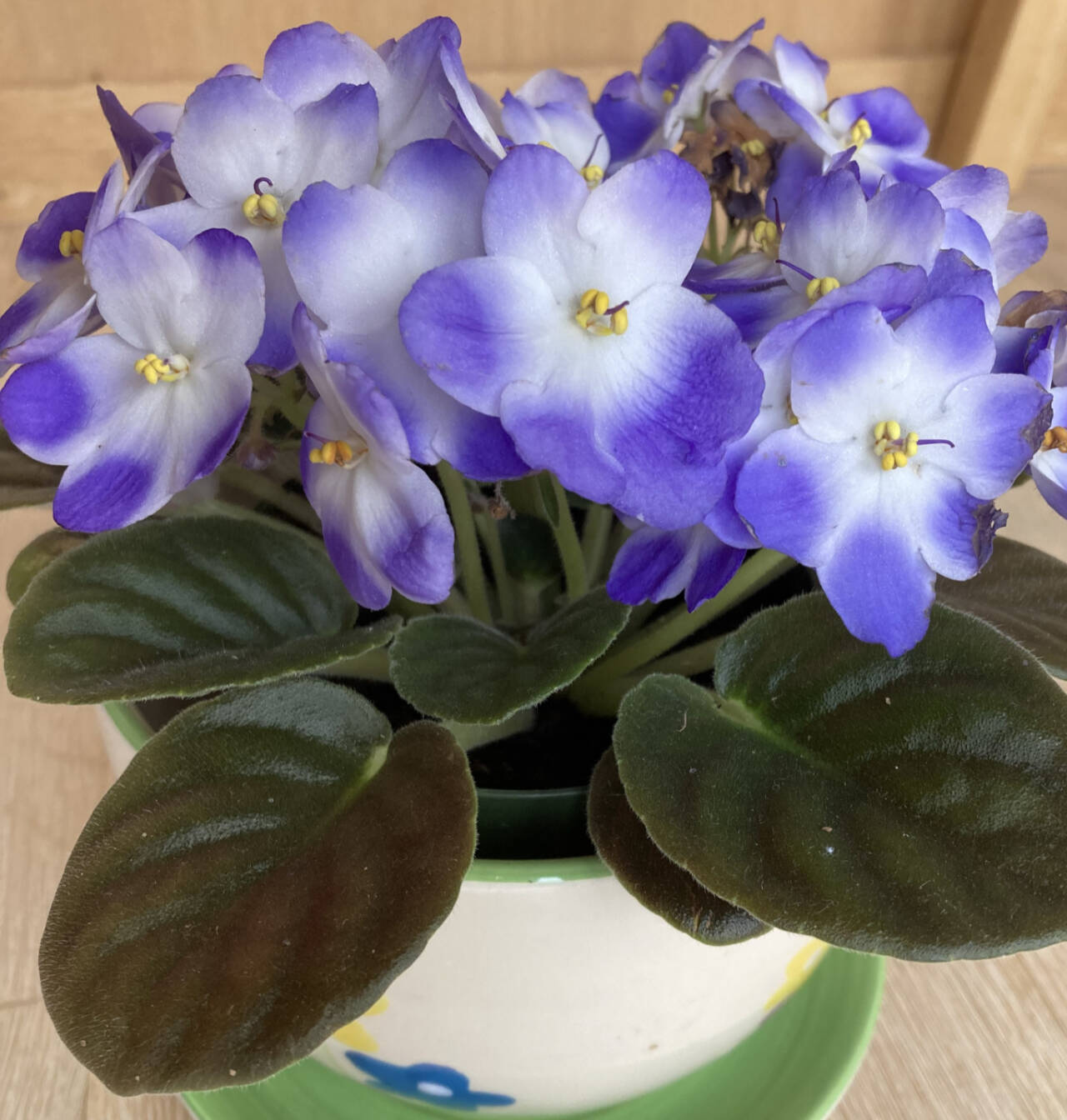Question: While pruning my blueberry bushes in late winter, I noticed that I was able to rock one of the bushes back and forth in the ground. Do you think I should stake it? I planted it two years ago. It was purchased in a container the summer before planting.
Answer: Sounds like you might have a problem commonly encountered when planting container-grown woody perennials: root-bound plants. Plants that are grown in containers for too long can develop a tightly tangled root system. The root system usually takes the shape of the container and is often encircled by larger roots.
If planted without correction, the roots of these plants will not grow much beyond the shape of the original container.
They will not absorb sufficient water and nutrients for the plant to thrive nor stabilize the plant in the ground. The outline of the root ball (often the shape of the original container) might be visible at the soil surface even years after planting.
Ideally, the root system of a container-grown plant is corrected before planting. (see sidebar)
If your blueberry bush is suffering from this problem, you will need to dig it up, correct the root problem and replant it.
Your blueberry will not outgrow this problem on its own and will never thrive to produce a good berry crop.
So be brave and do it!
Question: My African violets do not bloom. What am I doing wrong?
Answer: Insufficient light is probably the most common reason that African violets do not bloom. African violets like diffuse, bright light.
To bloom, they need 10-14 hours of light each day; the length depends on the intensity of the light.
They also need at least eight hours of darkness each night.
If African violets are growing in too little light, the leaves become dark green and their stems (called petioles) will be long and thin. The plants often reach for the light and produce few, if any, flowers.
If you think insufficient light is the reason your African violets are not blooming, move them closer to the window or to a window with brighter light.
A south or west window offers the best light in winter; an east or north-facing window is best during warmer seasons. Beware: African violets do not like direct sunlight.
Where natural light is insufficient, African violets can be grown under artificial light. “Grow lights” (lights that provide a light spectrum like that of the sun) and fluorescent lights work well. Standard incandescent lights are not recommended.
Mount the light a foot to a foot and a half above the plants. Because African violets need at least eight hours of darkness each day to bloom, use a timer to routinely turn the lights on and off.
Fertilization practices can also impact how well African violets bloom. Use a balanced houseplant fertilizer —a fertilizer with similar amounts of nitrogen, phosphorus and potassium by weight — or one that is slightly higher in phosphorus than the other macro-nutrients. Apply as directed on the label.
If instructions are for monthly applications (e.g., one teaspoon of fertilizer in a gallon of water monthly) and you fertilize your plants each time you water (e.g., weekly), divide the strength of the fertilizer by four.
Decrease fertilizer applications in winter because plant growth slows in cooler temperatures and decreased light.
Planting woody perennials
1. Follow these steps when planting woody perennials such as trees and shrubs:
2. Remove the container and all other foreign material (e.g., burlap and wire) that is around the root ball. Examine the roots carefully before proceeding.
3. Cut any encircling roots and tease and/or pull apart the roots with your thumbs and fingers. Try to make the root system twice as wide and half as deep as it was in the original container.
4. If the roots are thickly matted, cut into the root ball. Use hand pruners or a serrated knife to make several 1- to 2-inch-deep slices from the top of the root ball to the bottom.
Note: Some horticultural experts suggest complete removal of the original potting medium when planting trees and shrubs to encourage growth of their roots into the native soil. Linda Chalker Scott, Washington State University Extension Specialist, recommends using a hose or a water bath to remove the potting medium from around the roots. If the root ball is dry, you might need to soak it for several hours before proceeding. As noted above, cut any encircling roots and pull the remaining roots apart.
5. Plant the plant as soon as possible after this process. Dig a hole the same depth as the root system and twice as wide. Arrange the roots radially in the hole, like the spokes of a wheel. Make sure that the base of the plant (where the roots flare from the crown or trunk) is just at or slightly below the soil grade.
6. Back-fill the hole with unamended native soil (the same soil that came out of the hole).
7. Water the plant, adding more soil if holes develop. Do not press or stomp the soil because it causes soil compaction and inhibits root growth. Let water and gravity do the work. Unless the plant or soil has a known nutrient deficiency, do not add fertilizer.
Jeanette Stehr-Green is a WSU-certified Clallam County Master Gardener.


